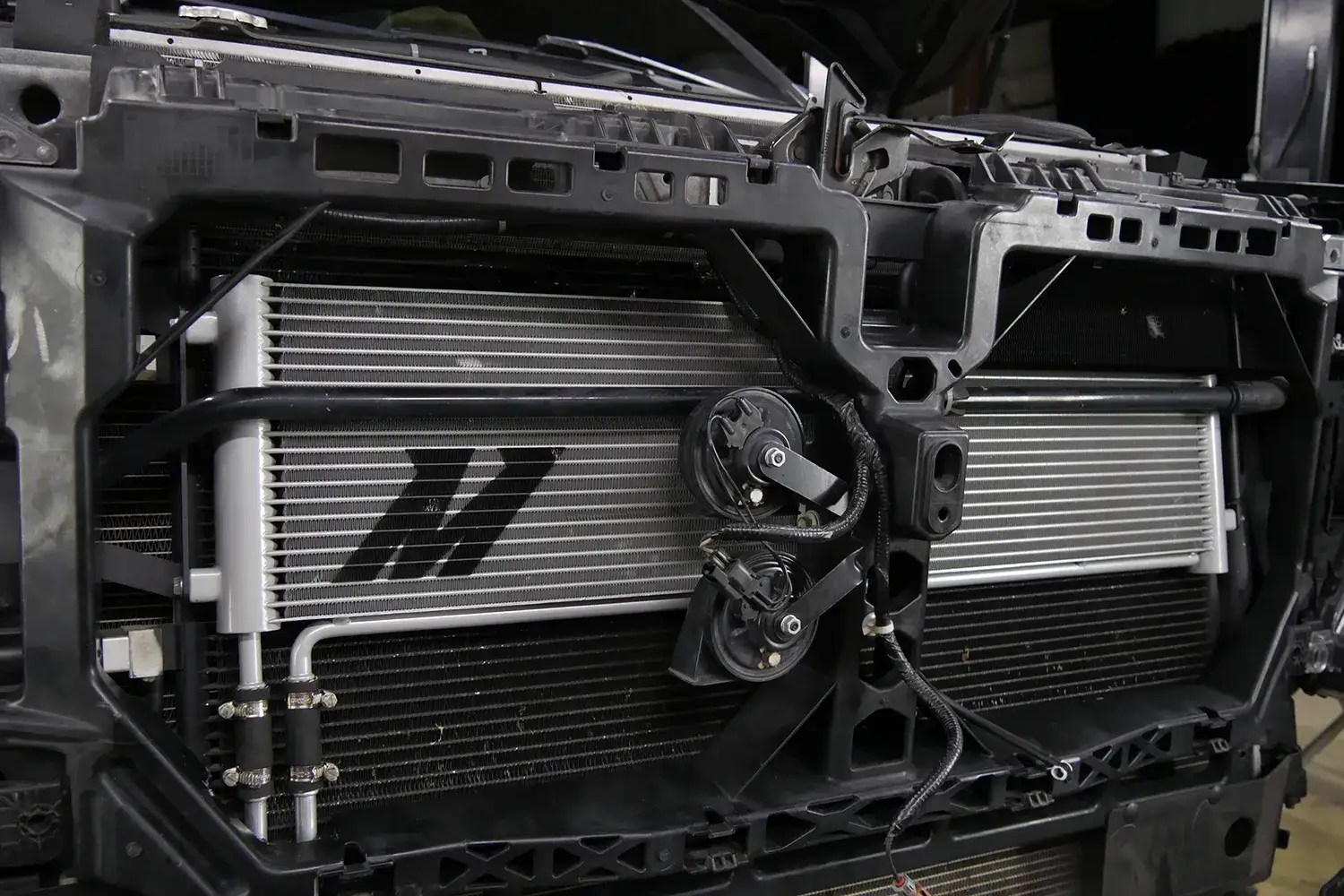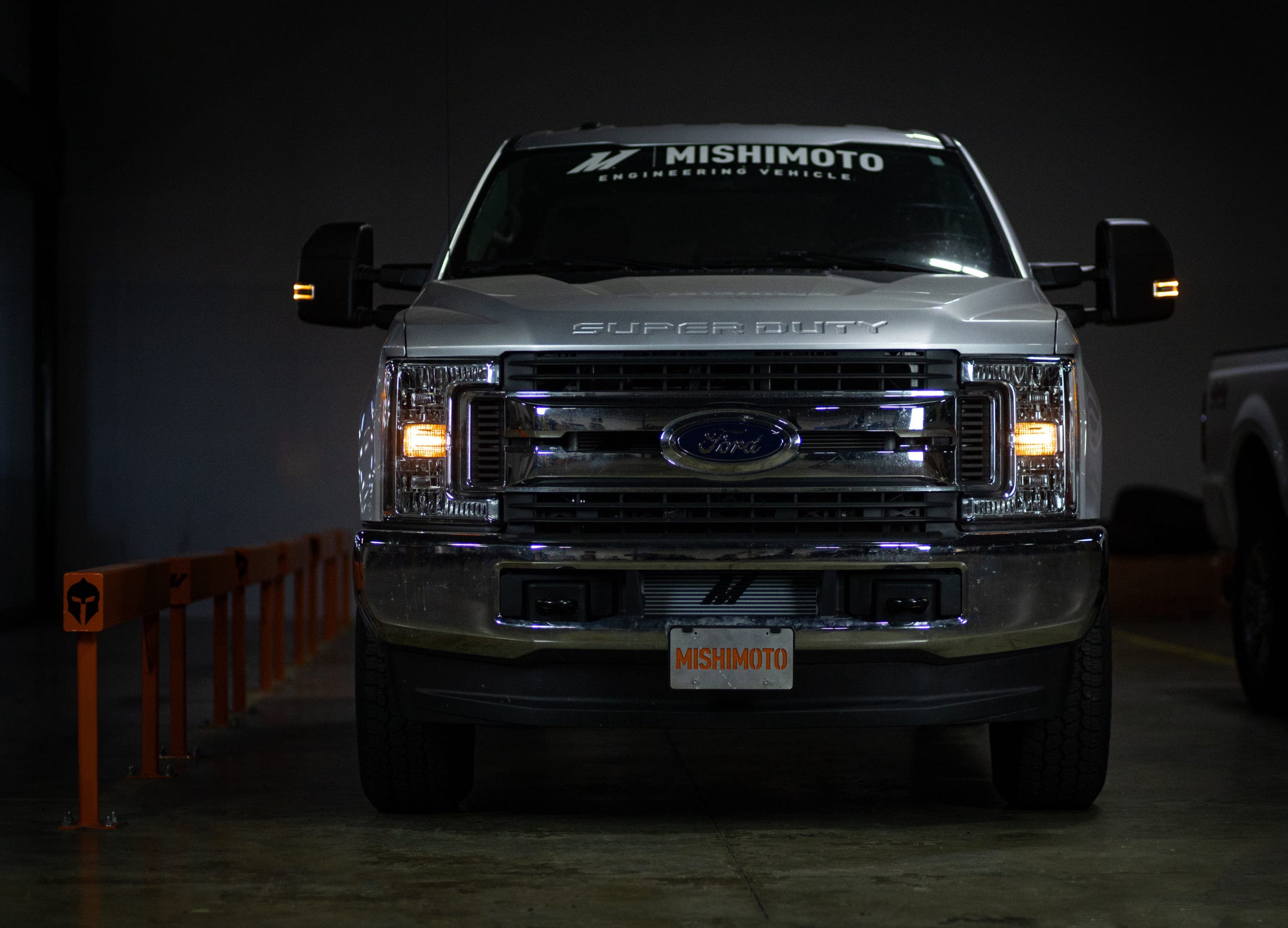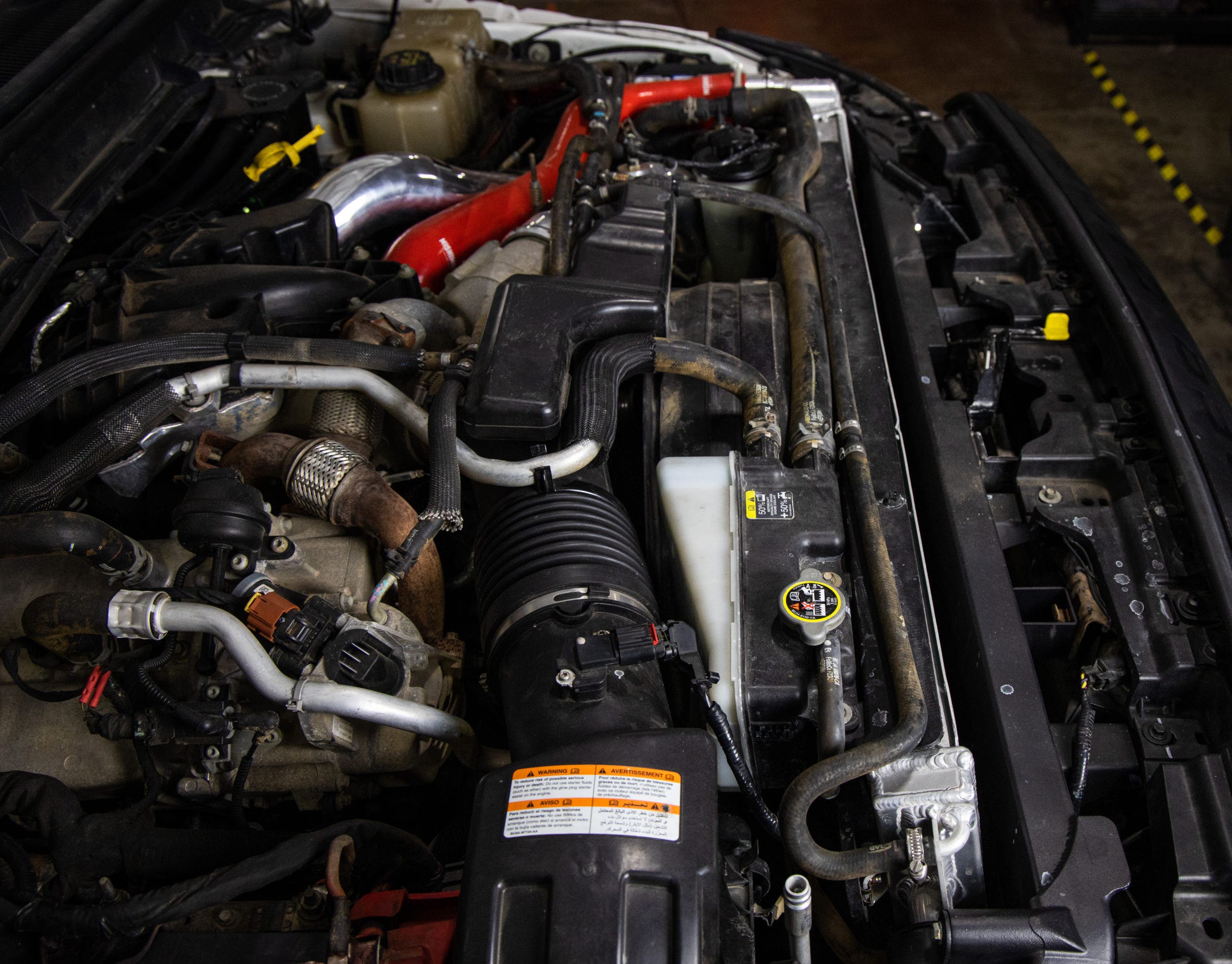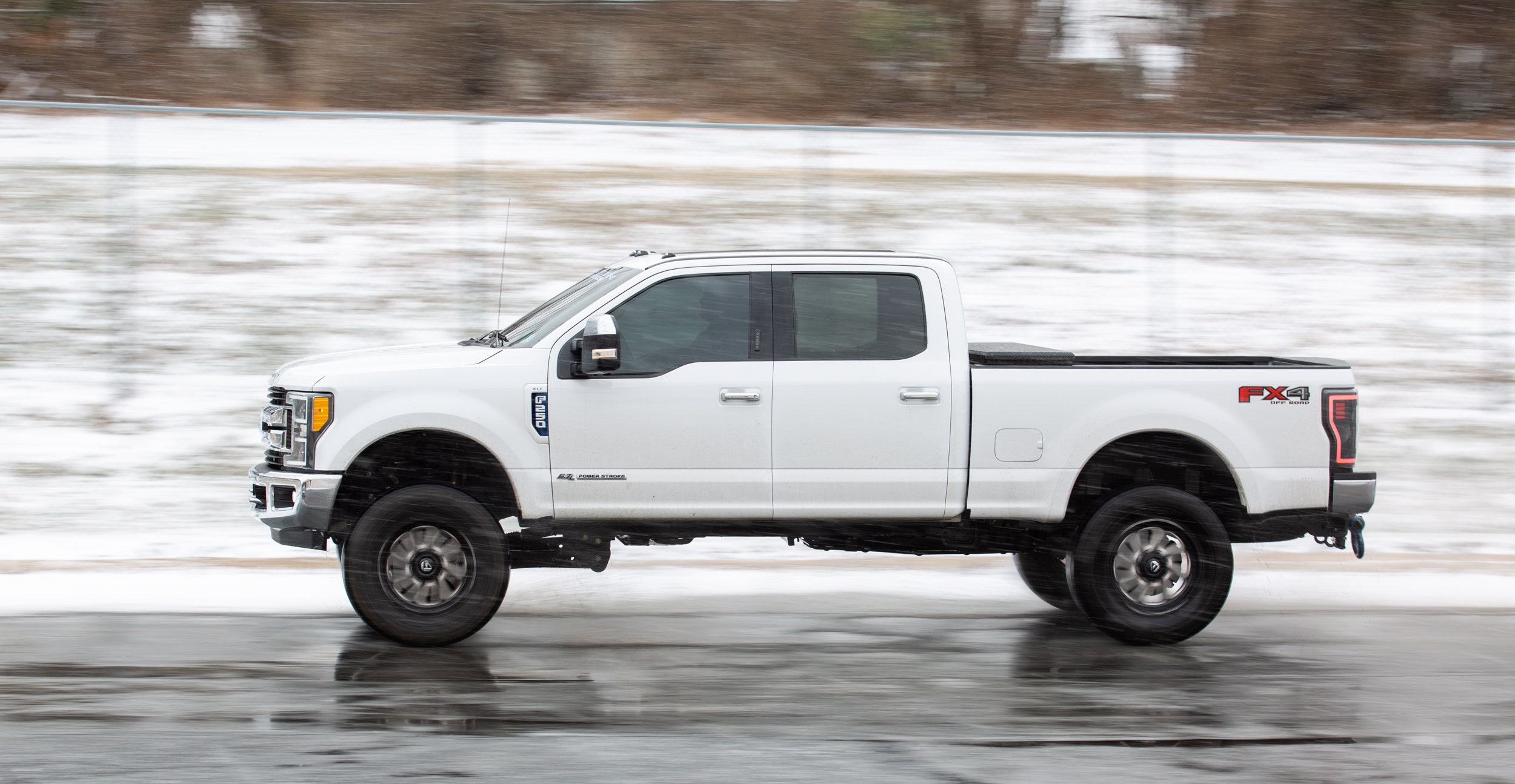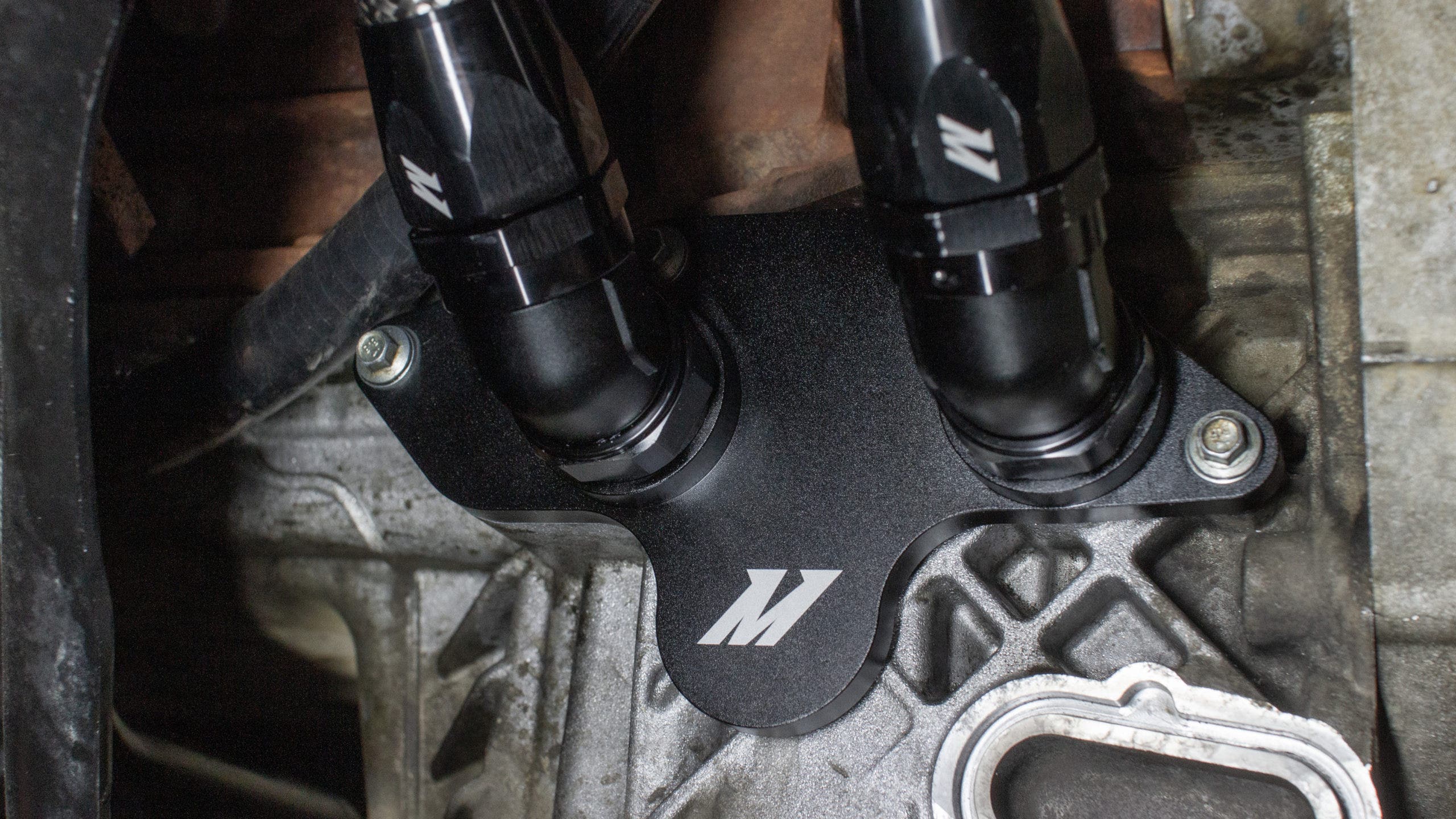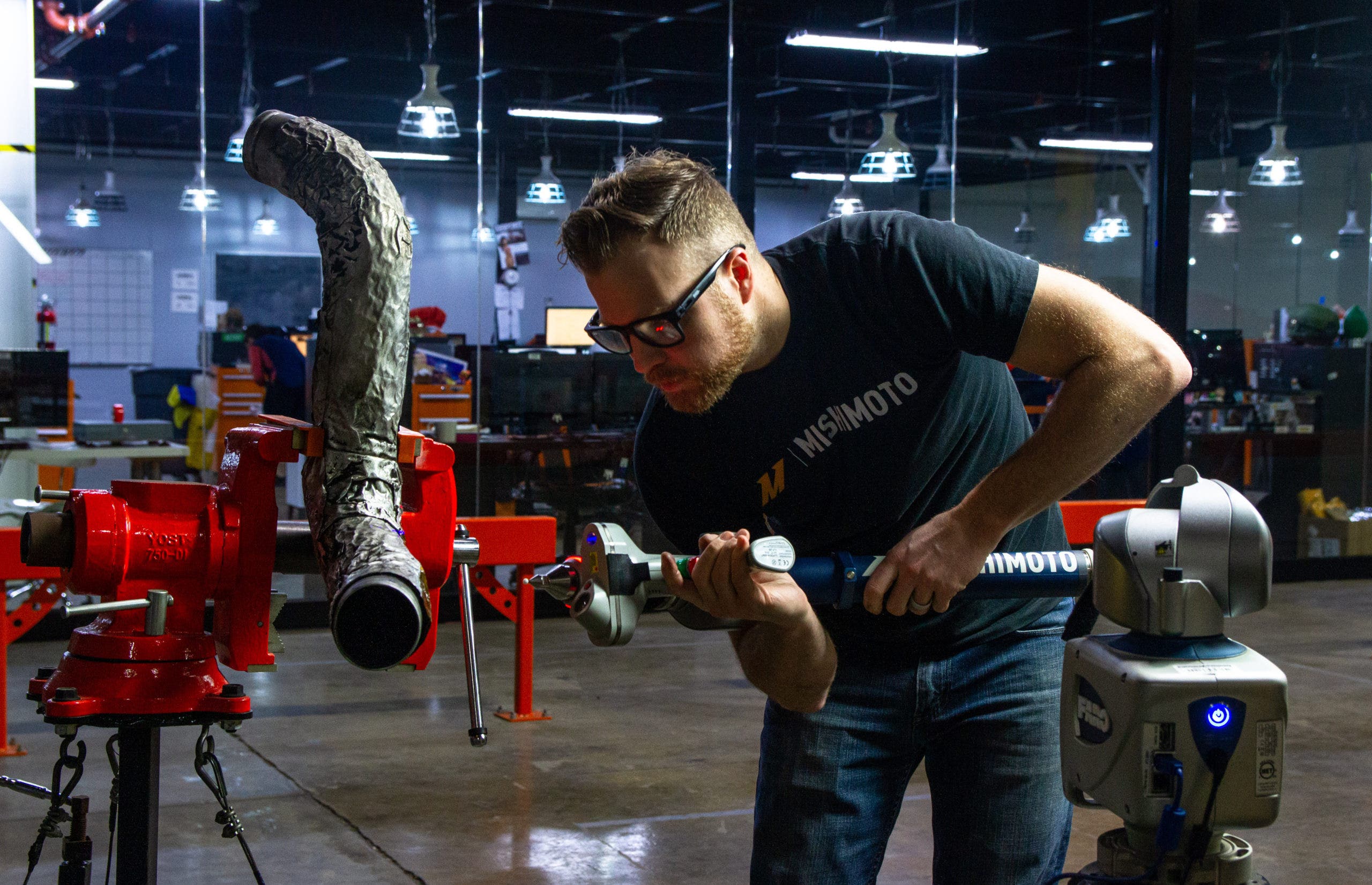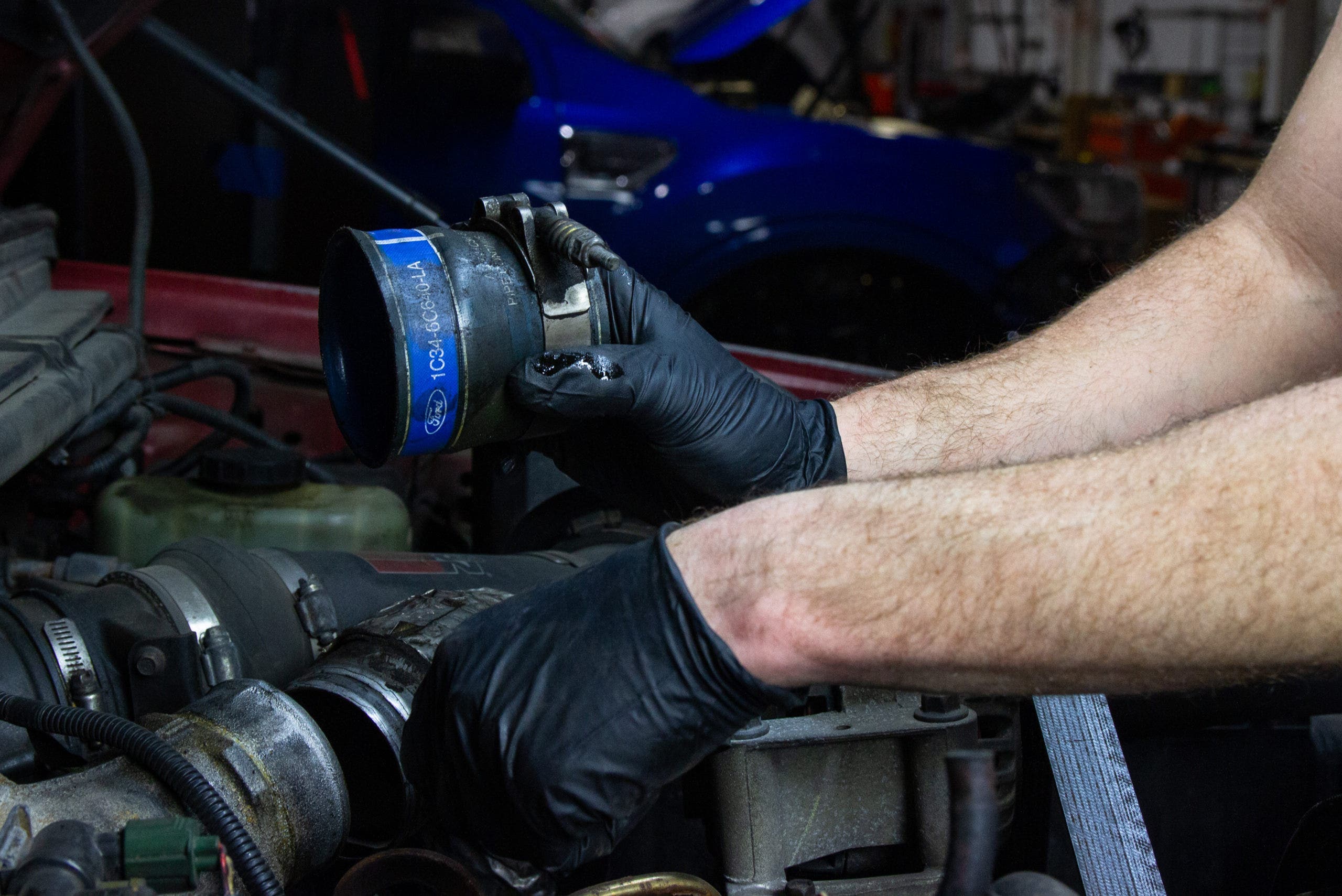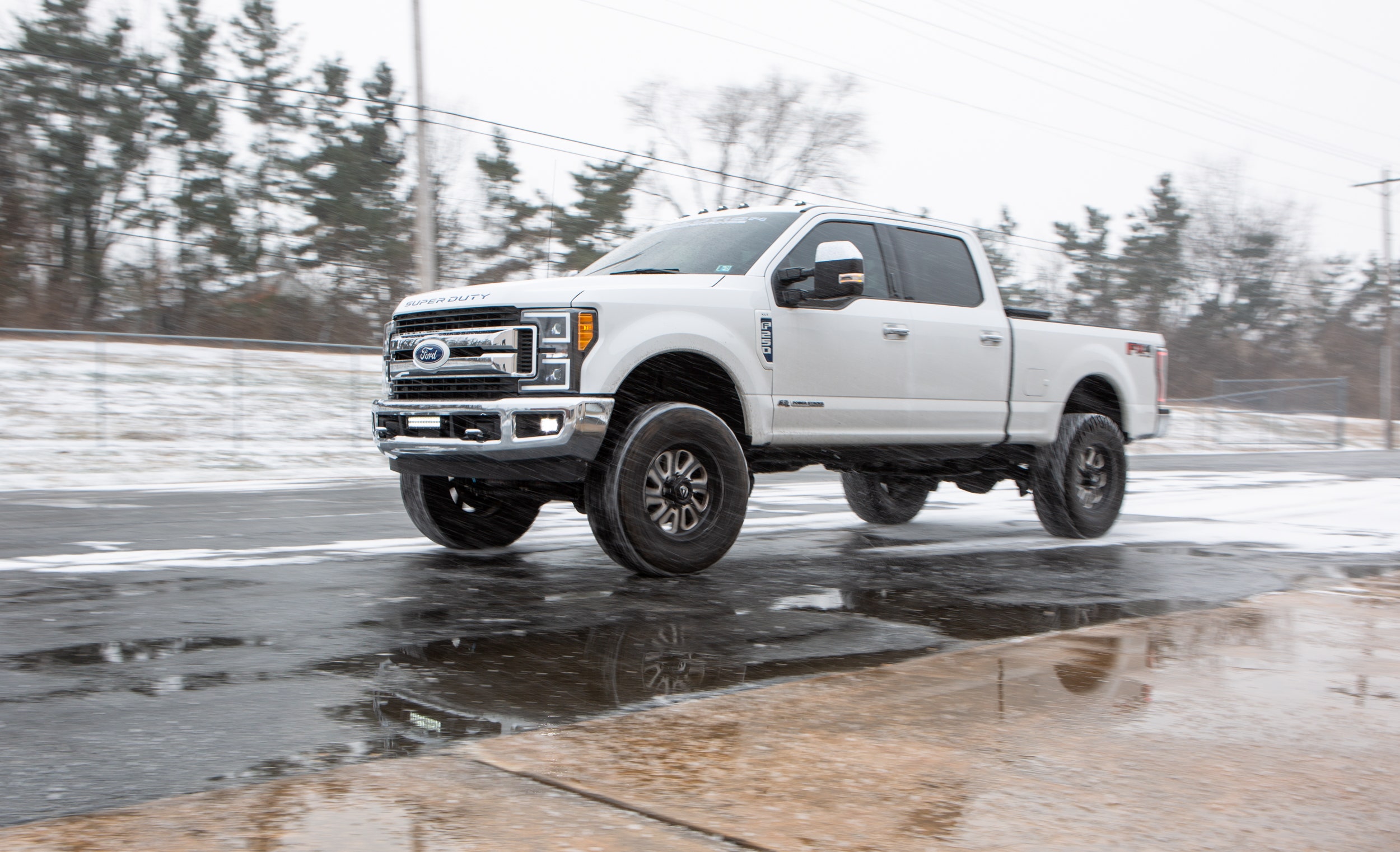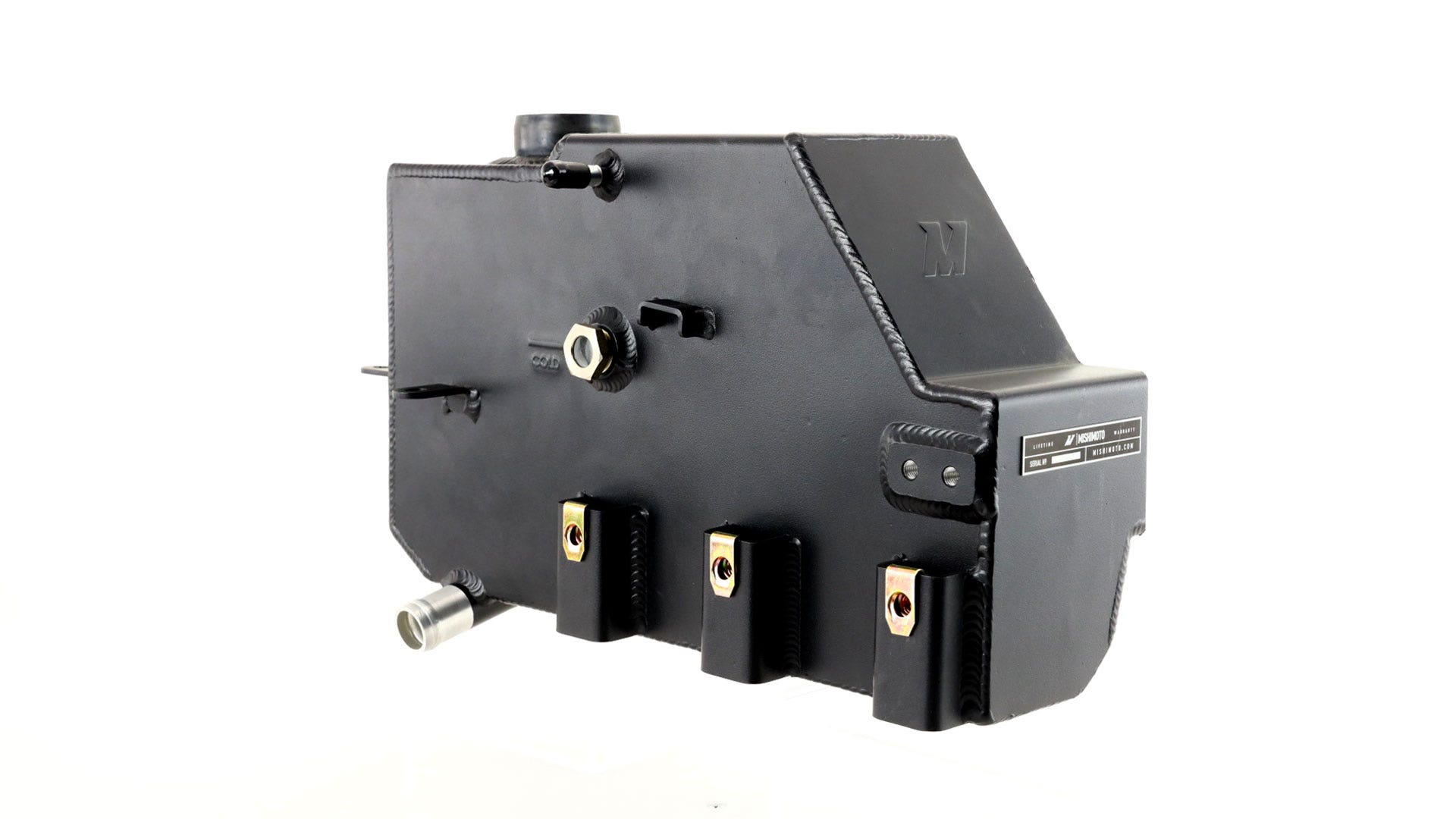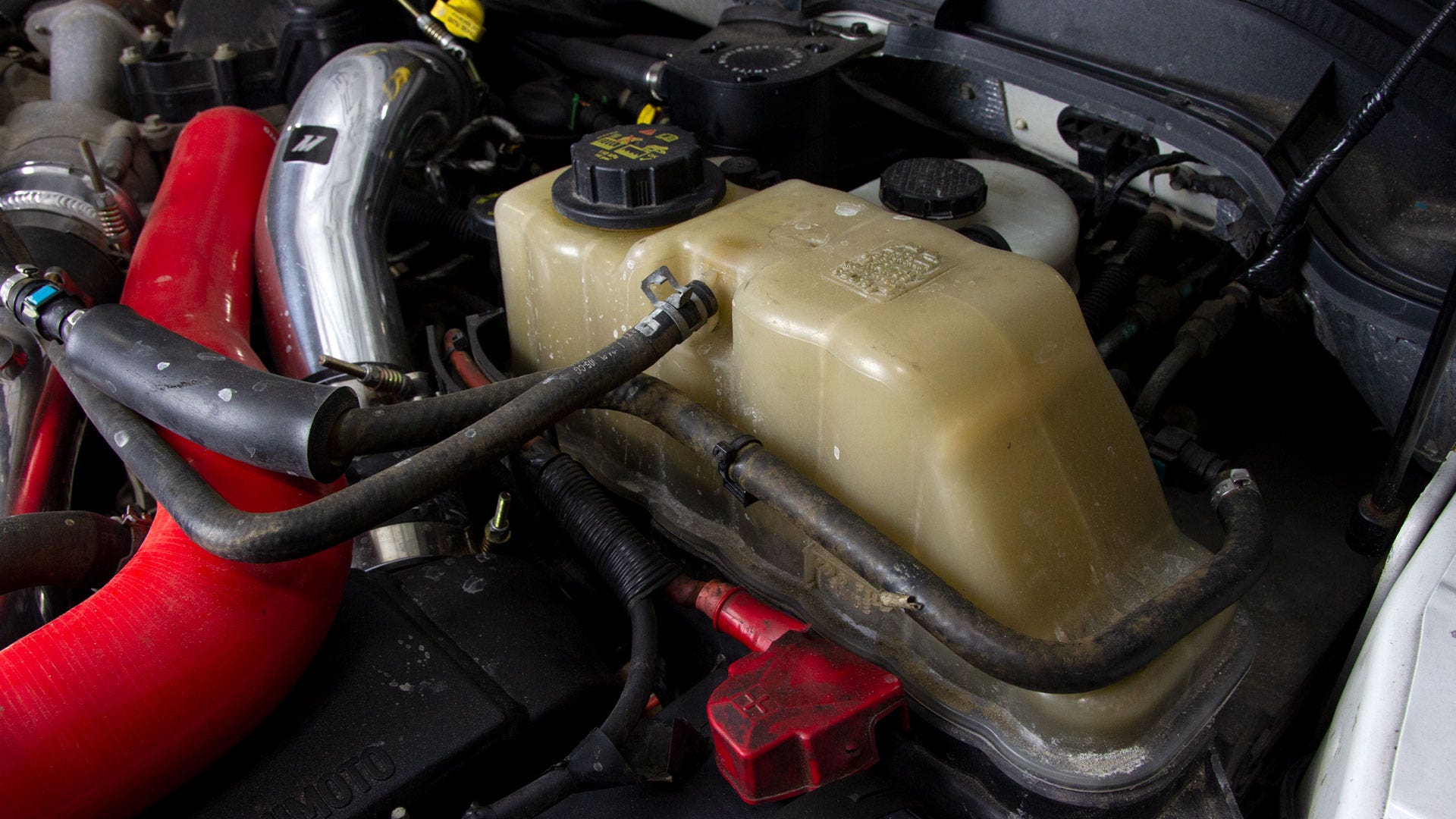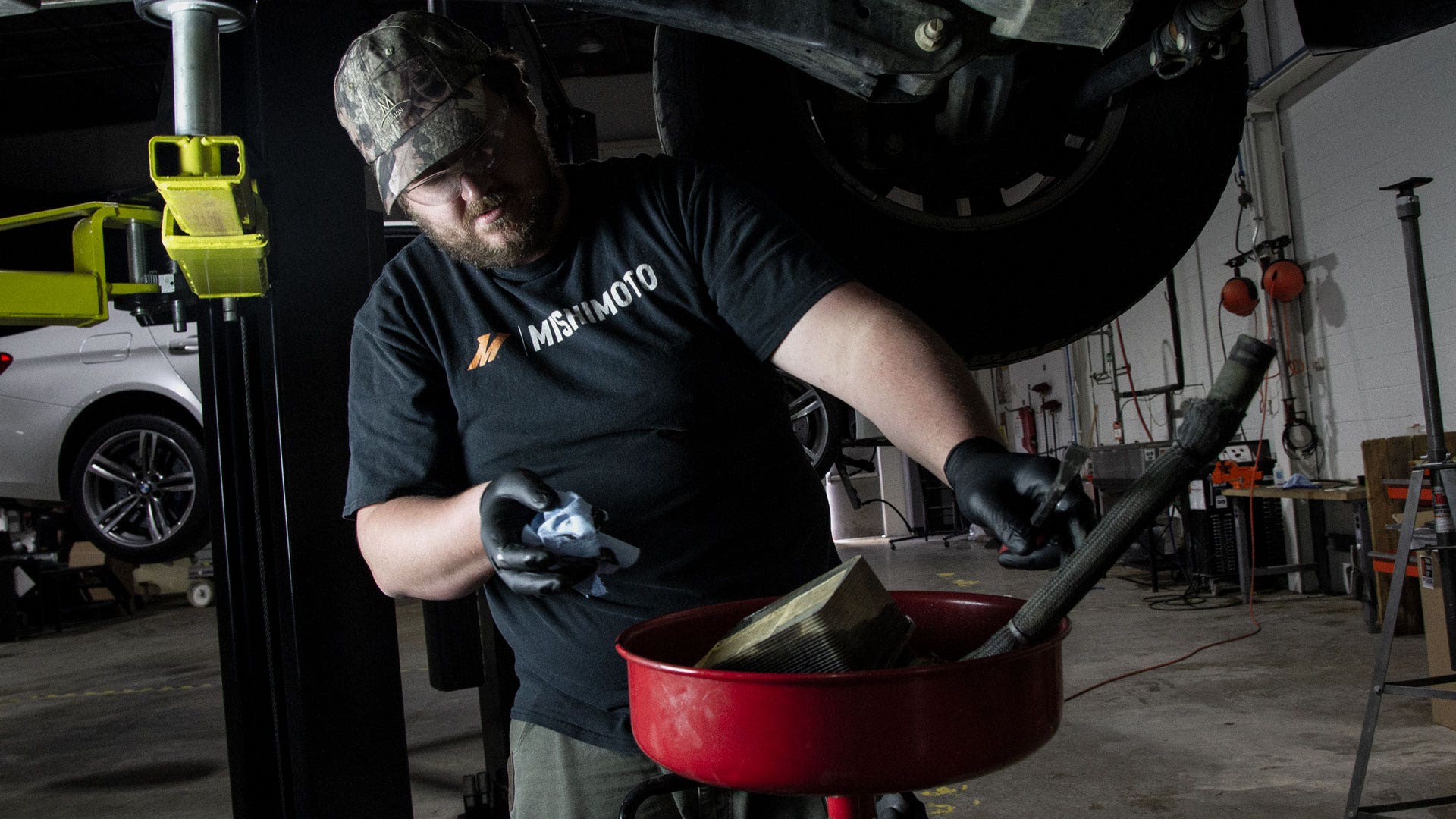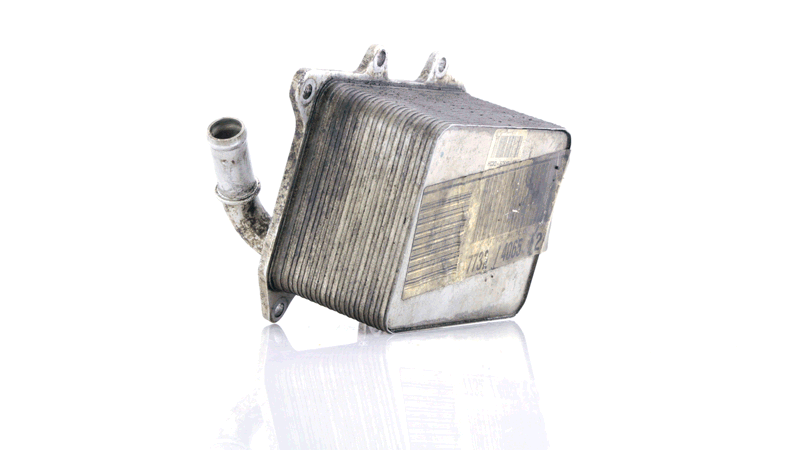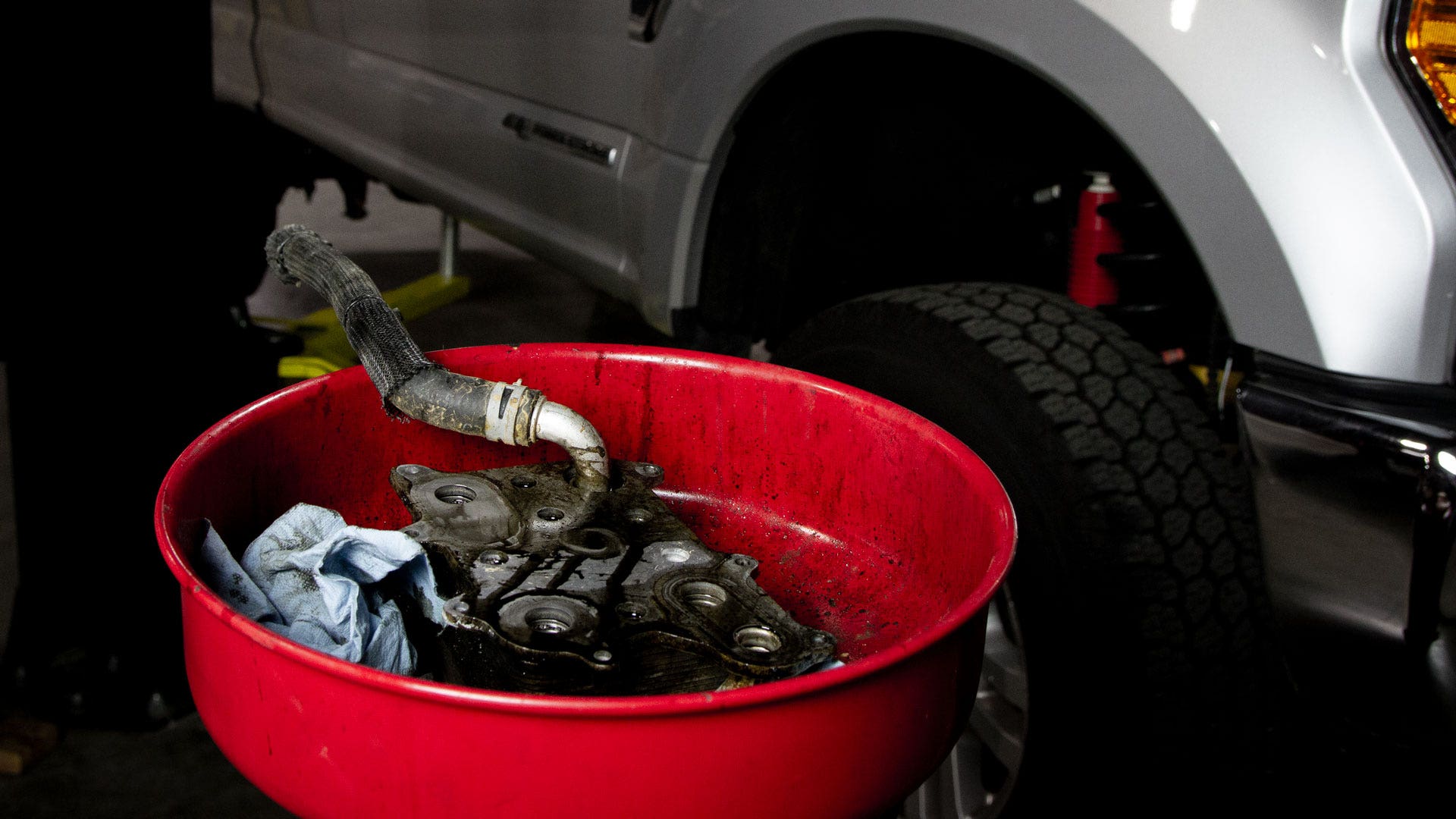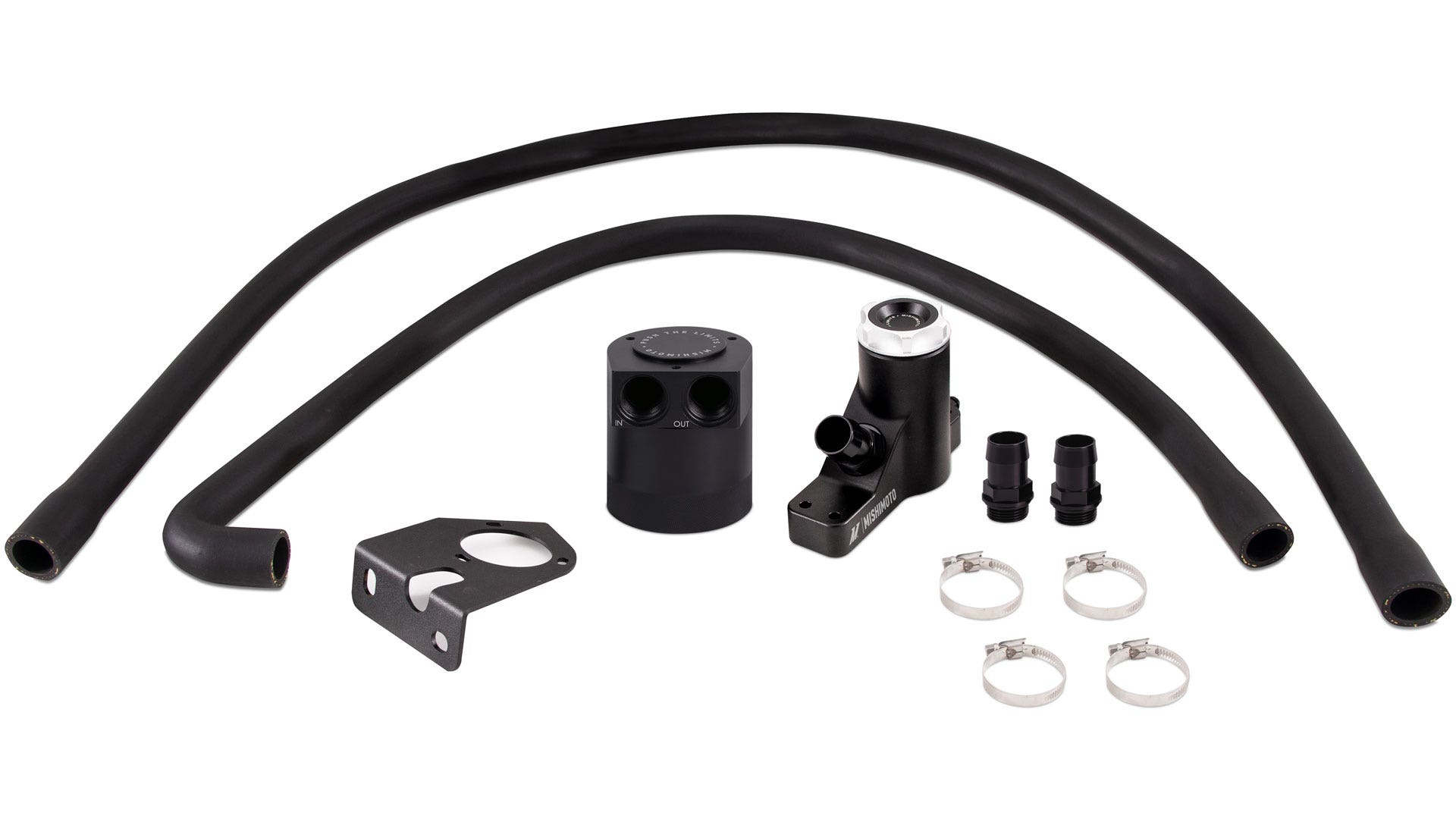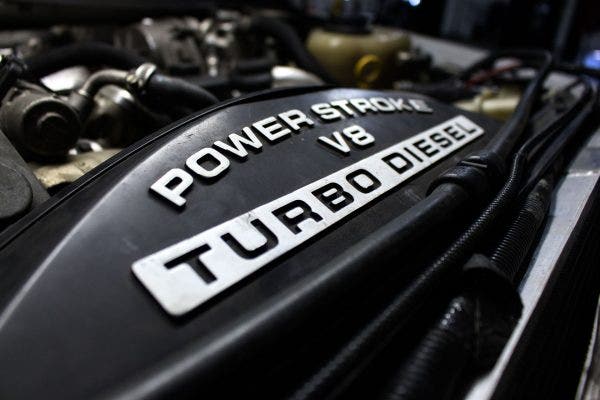With 475 horsepower and 1,050 ft-lbs routed through a 10-speed 10R140 TorqShift transmission, the 2020-2022 Ford 6.7L Powerstroke was designed for serious towing. With big power comes lots of heat, and this is especially true when hauling heavy loads or towing uphill. As impressive as this truck is, heat is the enemy of any transmission, and as temperatures rise, so do problems.
The stock transmission cooler does a decent job of cooling, but if you’re looking to push this truck to the limit, decent won’t do. That’s why we’ve been hard at work developing the Mishimoto Transmission Cooler for the 2020-2022 Ford 6.7L Powerstroke—the first of its kind on the market.





